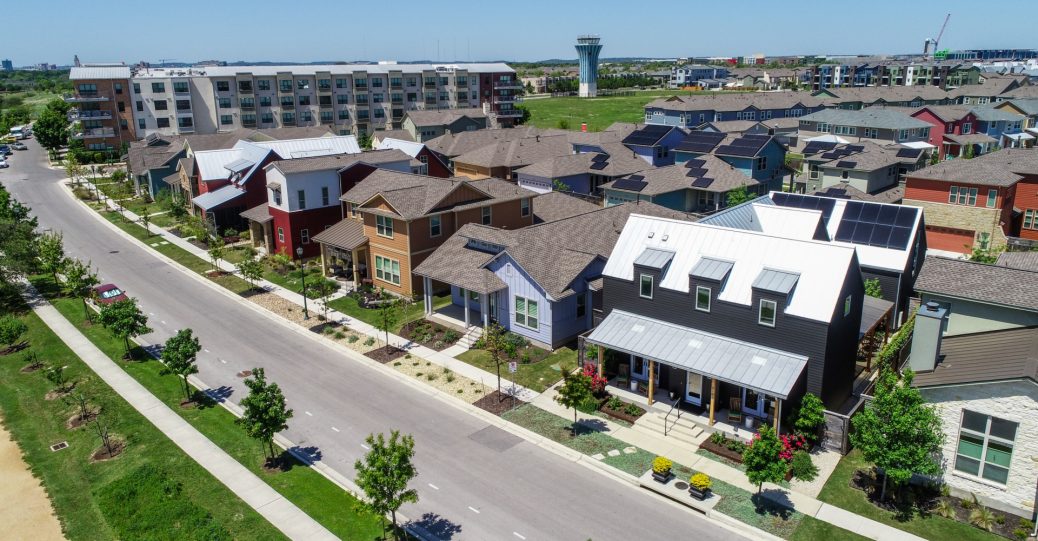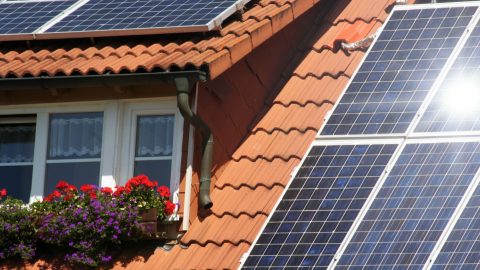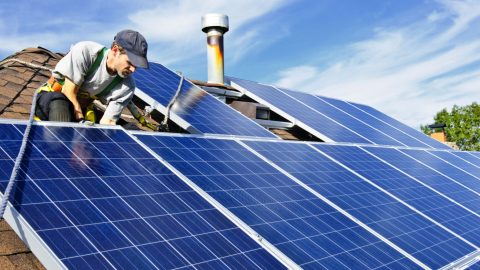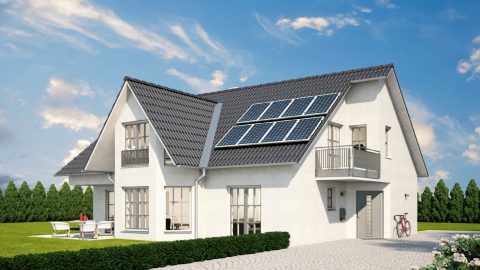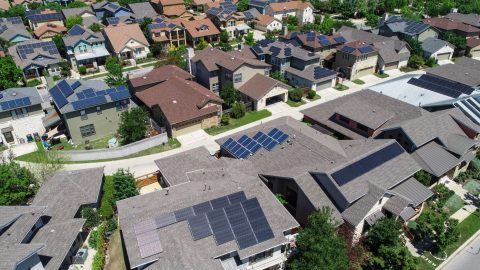Do you often see solar panels on the roofs of houses, lamp posts, or commercial properties? You may notice similarities between them such as grid pattern and size. But when you look at each one closely, solar panels are actually different.
Similar to most products, there are solar panels that are better than others. It’s up to you to decide which one is the most ideal for your space and needs. Are you looking to go solar? Below are the common types of solar panels for home installation to take note of.
Polycrystalline Silicon

The efficiency of polycrystalline silicon is also a bit lower than that of monocrystalline cells because electrons get trapped between the crystals. This makes polycrystalline panels much cheaper but it doesn’t mean they pack less power. You could still get sufficient amounts of power from this panel. If you are working around a tighter budget, you might want to consider this solar panel.
Monocrystalline Silicon
Monocrystalline silicon is the most efficient kind of solar panel – making it the most commonly used panel as well. It is made by adding a crystalline seed to a melted vat of silicon. The solidified silicon is then cut into squares that compose a solar panel.
The output is a high-grade crystal that is similar to the ones used in computer chips. All of the squares or “wafers” are nearly identical because of the process of cutting them. As the name entails, “mono” refers to the identical crystalline structures found in the entire unit. This allows the panel to maintain consistency and remain efficient.
Thin-Film Solar Panels
Thin-film panels are not as efficient as monocrystalline or polycrystalline panels, but they are easy to manufacture. They have a lot of applications because they can be created using a flexible substrate. In both high-temperature and low-light conditions, thin-film solar cells are very efficient. They can also be very visually appealing in applications where traditional solar panels for homes often stand out.
Before buying thin-film solar cells, it’s important to know its several drawbacks, especially when it comes to residential use. Aside from having low-efficiency ratings, these solar cells require large spaces. This makes them impractical for the usual residential roof layout. They also have the tendency to be less stable, as they degrade over a shorter time period compared to traditional solar panels.
Solar power technology has indeed come a long way in recent years. Because solar panels for home installation can last for up to 25 years or more, your choices can significantly affect your overall cost savings and energy production in the future.
Finding the right panel allows you to customize your new solar system to fit your budget and energy requirements. Call Power on Solar today if you need help finding the most suitable panel for your home.

